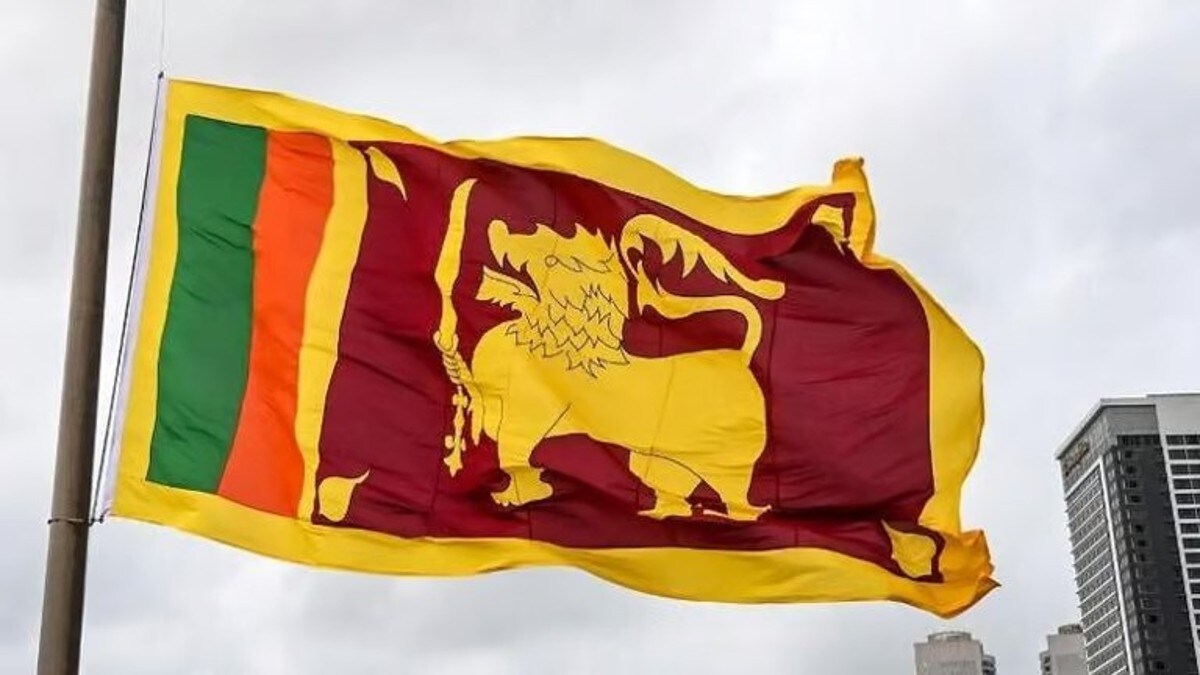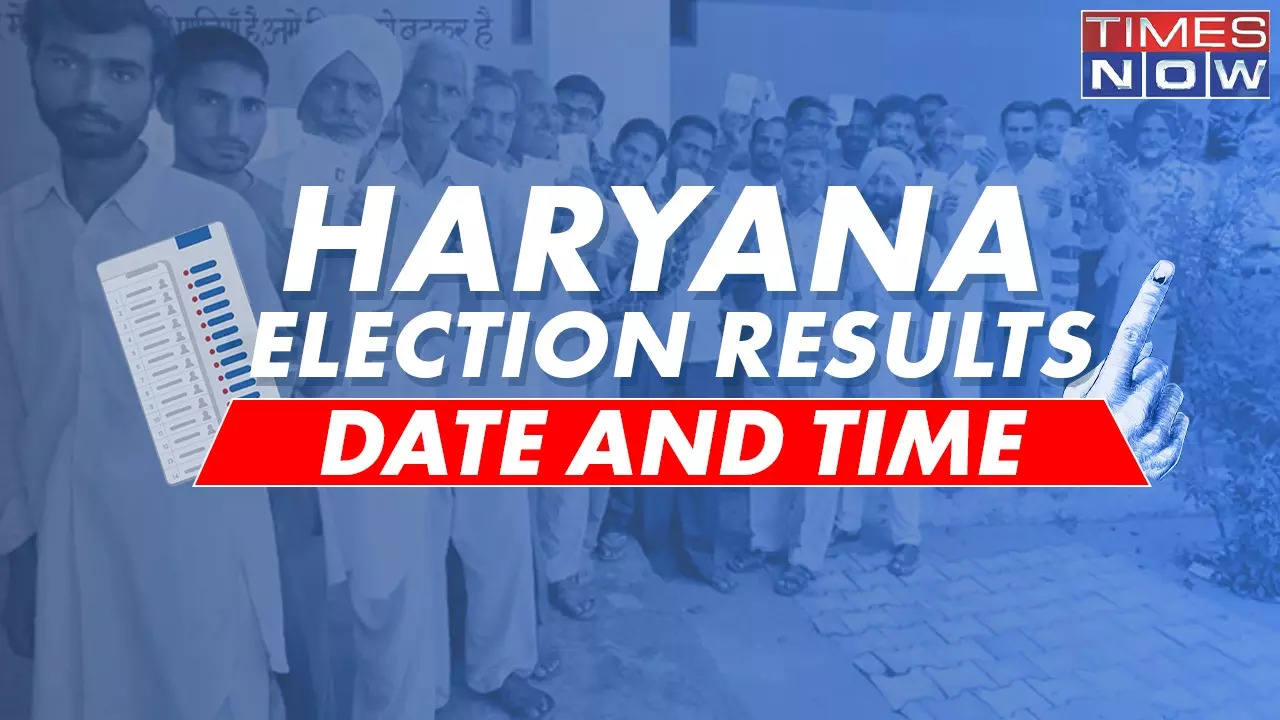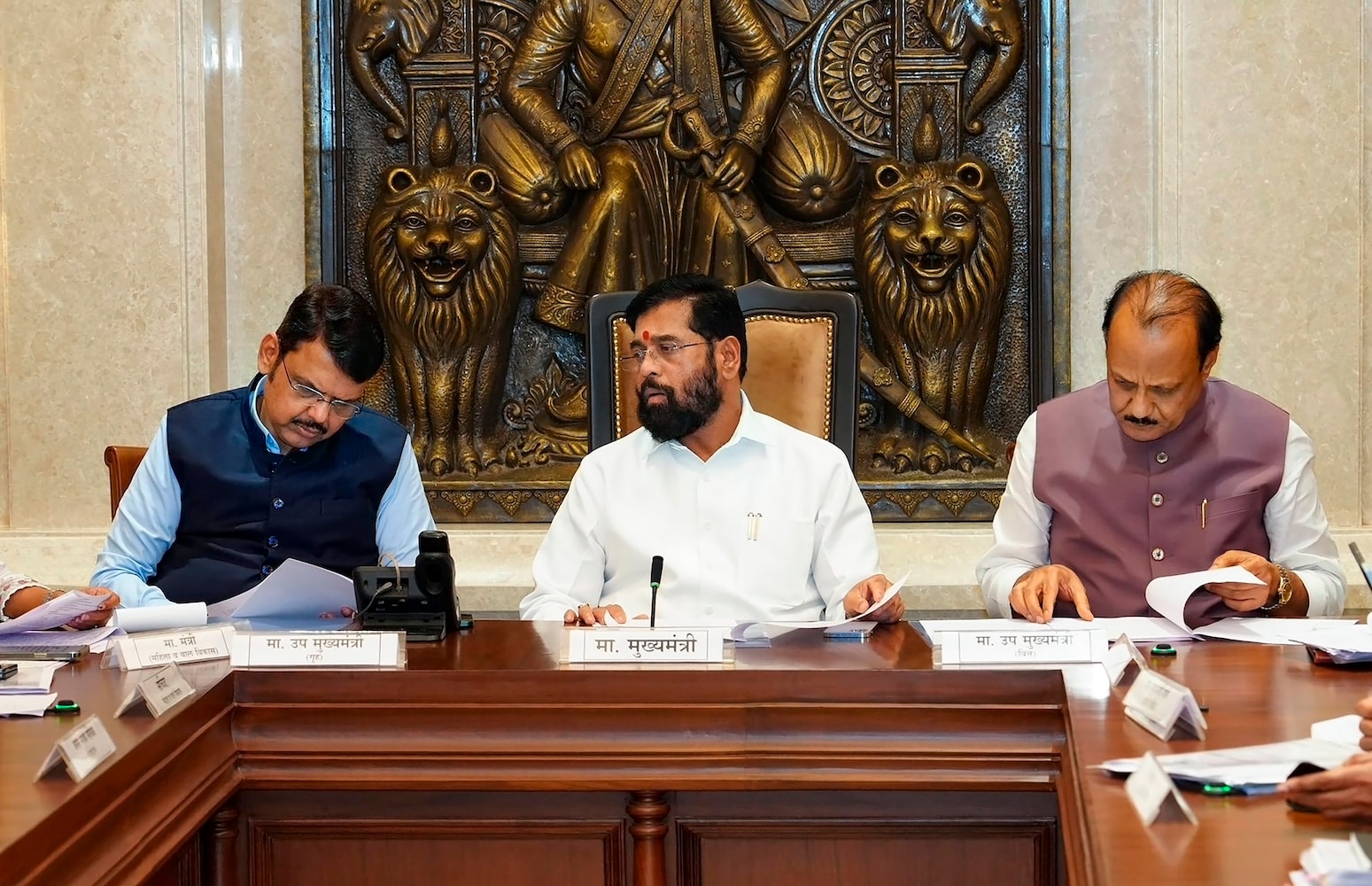
By all reckoning, Saturday’s (September 21) presidential poll in the Democratic Republic of Sri Lanka promises to be ‘historic’. The general focus is all about the presence or dominance of three frontrunners in place of the traditional two. But there is more to it than meets the eye—rather, more than what people want to see and hence are witnessing.
A high number of 39 candidates are in fray. According to media reports, at least 23 of them are non-traceable, and literally so if one went by the addresses and/or phone numbers that they had entered in their nominations. Then there are ‘proxies’, big and small, former army chief and post-war presidential loser, Field Marshal Sarath Fonseka, from Elections-2010.

Likewise, you have Wijeyadasa Rajapakshe, who was until the previous day, the all-important Justice Minister under incumbent President, Ranil Wickremesinghe. An Upcountry Tamil politician, Thilakaraj, is a third candidate of the ilk. All of them seem to have entered the fray only to split the anti-Ranil votes against the incumbent—with the possible promise of a ministerial berth in a post-poll government.
The big question, however, is this: Will Ranil win the presidency in the first place? Most pre-poll surveys over the past several months have suggested that he would come a distant third after front-runner Annura Kumara Dissanayake and Sajith Premadasa. Team Ranil goes by the faith that their candidate, having sliced away traditional votes that pollsters had given Annura, especially in all earlier rounds, will do more of it and win the polls. Most analysts beg to disagree.
Observers are also near-unanimous that the election will not throw up a candidate who bags more than half the valid votes to win the presidency in the first round. There is no clarity as to who will win it through the complicated process of second and third preference votes, counting in which could take more time. There is apprehension of violence in the interregnum, but the security forces say that they are prepared—unlike at the height of the Aragalaya protests, when they did not get the required orders from their commanders.
Uniquely Sri Lankan Of the three main contestants, Ranil is not only the incumbent President, put in place for a residual two-year term by Parliament after the anti-regime Aragalya protests against popularly-elected predecessor Gotabaya Rajapaksa forced him out of the country first and his office next. Ranil is also the long-time leader of the pre-Independence United National Party (UNP), the nation’s GoP. Then, there is the Leader of the Opposition, Sajith Premadasa, who also heads the Samagi Jana Balawegaya (SJB), the majority breakaway faction of the UNP—caused by avoidable ego clashes that both allowed festering and hurting the unified party and their own political future.
Both Wickremesinghe and Premadasa have political pedigree—or, that is the phrase for employment when you are talking about the upper crust of the majority Sinhala-Buddhist society. Pitted against them both is Anura Kumara Dissanayake (AKD), your kind of first-in-the-family politician, representing the JVP-NPP combine, a concoction of a uniquely Sri Lankan ‘left nationalist’ platform, sliced out of the post-Independence traditional left. If the protagonists thought that their ‘Sinhala Only’ call, derived from centuries-old ethnic divide that was more in the mind, would sustain the momentum, it was not to be.
A decade down the line, in the mid-sixties, the socio-economically marginalised youth, both knowledgeable and deprived, broke away to form the militant Janatha Vimukthi Peramuna (JVP). To cut the long story short, the JVP’s two insurgencies, in 1971 and 1987-89, also sounded its death knell. What emerged from the ruthless army action against the insurgents was a residual group that swore by moderation and took the democratic path of elections and governance.
Up to one point, the modern and moderate JVP even joined the democratically-elected governments of Presidents Chandrika Bandaranaike-Kumaratunga and her equally left-leaning successor Mahinda Rajapaksa, both from the Sri Lanka Freedom Party (SLFP), founded by the former’s slain father, Prime Minister S W R D Bandaranaike, in the early fifties. The JVP may have played its cards close to its chest, or there were not too many cards for it to play until when President Gotabaya messed up the economy more than all his predecessors put together, leading to a shortage and price rise of essentials, including food, fuel, and medicines, leading to long queues that often returned home empty-handed. Today, Wickremesinghe, as Gota Rajapakse’s Parliament-nominated successor, is cautioning the voter against the return of those queues if he elected either Premadasa or Dissanayake.
T’s crossed, I’s dotted According to Wickremesinghe, only his IMF-dictated reforms could help revive and restore the economy over the next five years or so. The reforms include tax and tariff hikes, jobs and salary cuts, privatisation, and continued privation caused by price-rises despite availability. The other two beg to differ.
They have publicly committed themselves to ‘re-negotiating’ the terms with the IMF without walking out of the current agreement(s), as if to tell the voters that Wickremesinghe was misleading them on this score. However, neither of them has laid out a clear and convincing alternate plan for economic revival even with IMF support. Nor have they told the voters that in their separate conversations with IMF officials, the latter had agreed in-principle to re-negotiate the current pacts for the ongoing ‘bail-out package’.
It is otherwise known that IMF pacts have an SOP, where even all the t’s come crossed and i’s gets dotted, beforehand. The question thus arises if economic revival is the real election issue, as has been made out from the very word ‘Go’, or is there anything more to it. Looking at it dispassionately, as much as economic revival, governance issues seem to have gained traction with the voters, if not more.
Rather, economy and governance – comprising institutionalised corruption, nepotism, and lawlessness – are two sides of the same coin, where when one wins, the other has to lose. Between them, the JVP-NPP on the one hand and the SJB combine on the other, have been able to kind of convince the voters that the Wickremesinghe government, backed by the discredited Rajapaksas’ centre-left SLPP, both inside and outside Parliament, for its survival, was only a continuation of the Gota dispensation. Rather, it was a takeoff from Gota’s elder brother and war-victorious two-term President, Mahinda Rajapaksa (2005-15)—in terms of corruption, nepotism, and festering lawlessness, and worse.
Still miffed Though not always linked to Rajapaksa’s SLPP ministers, high-end political corruption even in the overseas procurement of life-saving drugs and hospital equipment in the post-Aragalaya economic crisis in the nation’s healthcare sector became a standing proof that everything was still rotten in the world of Wickremesinghe. Sri Lankan analysts and observers are still miffed at how Wickremesinghe, and not Premadasa, who should also be carrying the shared burden from a shared past—most UNP leaders and parliamentarians from that era are in his SJB—should alone be carrying the burden. Did association with the Rajapaksas alone make the difference? The question becomes important as Mahinda’s equally controversial politician-son, Namal R, is also a candidate in this presidential poll, with personal expectations of coming a distant fourth.
In choosing to contest a losing election, Namal was guided by Wickremesinghe-led UNP’s decision not to field a party candidate under the once-popular ‘Elephant’ symbol in two presidential polls in a row, in 2010 and 2015—and back a common Opposition candidate against incumbent Mahinda R. Independent of the results of those elections—one loss and one gain—the new-generation Sinhala voters seemingly did not recognise the Elephant on the ballot when offered in 2019, when Premadasa was the candidate of the pre-split UNP. Namal also seems convinced that Wickremesinghe will lose as badly as him, and the SLPP parliamentarians who ‘defected’ to the Ranil camp recently will return to the parent-fold as there would be no UNP, as the party was decimated in the earlier parliamentary polls of 2020.
Namal hopes to stay afloat and become the Leader of the Opposition after the next parliamentary polls, which are due by August 2025 but would be conducted before the current year is out. He seems to have forgotten the existence of Premadasa and his SJB in context, even if they do not win the presidency. Even more, the Namal camp does not seem wanting to believe that the next President, if it is not Wickremesinghe, would send all Rajapaksas to prison first and think next, if only to prove a point—that may or may not actually exist, as Mahinda R has been saying in the last of Namal’s campaign rallies.
Realignment of identities Truth be acknowledged one more time, the genesis for a three-cornered contest for the first time this time was built into the political scheme once the two main political parties, namely, the UNP and the SLFP, split, all within the past five years or so. Suffice to point out that Wickremesinghe and Premadasa belong to the same political family, called the pre-split UNP. The party split less than five years ago for the parliamentary polls of 2020.
Stretching the imagination, one can argue that front-runner Dissanayake and back-bencher Namal both belong to the same centre-left nationalist clan, from a distant origin. The political metamorphosis might have done things to their leadership identities, but their constituencies remain mostly the same. If anything, the generally adversarial urban middle class backed the Rajapaksas after the Mahinda leadership had trounced the Tamil LTTE terror group in 2009 and later at the height of the ‘Easter blasts’ in 2019.
They are now backing Anura Kumara Dissanayake, so to speak. The same applies to the SLFP-SLPP’s large rural constituency from the fifties onwards. It is this realignment of political identities rather than the rediscovery of ideological markers, which is at the bottom of the current presidential poll in Sri Lanka.
Yet, the victor has to prove that he is the man, not just for the season but also for a long time to come. Rather, that should be his legacy. After all, the victor, especially if it is someone like Dissanayake, has a traditional three-per cent voter-based, whose conservatism is well known.
He has attracted the middle-of-the-road urban middle class and rural poor. The JVP does not seem to have any clue about their expectations and aspirations. Hence, addressing those expectations and aspirations, when not known and quantified, is not going to be easy.
Given his centre-right ideological legacy, that has also been Wickremesinghe’s problem. It will also be the case with Premadasa, or a realigned Namal R, if elected to power. Deep division In the midst of all this is the nation’s minority politics, which the mainline Sinhala politicos want to keep that way.
In focus as always is the ethnic Tamil issue, where a ‘common candidate’, former parliamentarian Ariyanethiran, is in the fray, to ‘send out a message’ to the Sinhala South and the international community. Rather than uniting all Tamil parties and forces under this umbrella, the idea of a common candidate, with its roots in the controversial Diaspora Tamil groups, has divided even the once monolith ITAK, the mainstay Tamil political party, founded by ‘Thanthai’ Selva, the doyen of ethnic politics from the generation of the early divisions in the Sinhala polity of the fifties. Whoever wins or loses the presidential poll, the deep division it has created in the Tamil/ITAK politics is hard to bridge, more so ahead of the parliamentary polls, whenever held.
Prima facie, whatever SLT votes that Wickremesinghe obtains will weaken Sajith’s chances as much, granting that he is one of the two front-runners, as he had garnered most minority votes in Elections-2019. Against this, any respectable vote-share for the JVP or even whatever the common Tamil candidate snatches out of Wickremesinghe or Sajith would help Dissanayake, who is not unlikely to obtain a decent vote-share from the Tamil North. Yet, after trying to steer clear of the ethnic row, which was not the JVP’s making, and even promising a new Constitution Assembly taking forward a forgotten draft from the 2015-19 era when Wickremesinghe was Prime Minister, the left party has double-jumped to please its traditional Sinhala-Buddhist nationalist constituency—and that which was with the Rajapaksas—at the last minute.
Addressing a Buddhist monks’ congress, senior JVP leader Vijitha Herath said a day before the campaign closed that they would not confer police and land powers to the provinces nor dilute the ‘unitary state’ concept, as sought by all Tamil parties. The same applies to the other two minority communities, namely, Tamil-speaking Muslims and Upcountry Tamils of recent Indian origin, or IOTs. Both communities are divided, but the so-called political leadership, or the credible among them, is backing the SJB.
Thus, Premadasa is not unlikely to obtain more votes from these two constituencies, too, but that would still be lower than what he obtained in 2019. There are no new constituencies for him to make up the gap—or, so it seems. Anti-India outburst When the talk is about the ethnic issue and minority interests, India cannot be far away.
The fact remains that until almost the last phase of the campaign, India was not an election issue in any form, unlike any time in the recent past. That was because the ethnic issue was not on the table this time, as much as on earlier occasions, especially for the main Sinhala contestants to worry too much about. Even China, which has been a bug-bear in Sri Lanka’s India relations, was not in the news this campaign-time, as the Wickremesinghe regime fixed a one-year moratorium for allowing foreign vessels to scout the Sri Lankan waters in the name of oceanographic research, until 1 January 2025.
It will now be the headache of the next regime, even if headed by Wickremesinghe. However, smelling victory and not wanting to lose it by a whiff, the JVP has talked afresh on the ethnic issue and possible solution, as outlined earlier. In particular, candidate Dissanayake himself declared on the penultimate day of his campaign that his government would cancel the Adani green energy projects involving the Indian infrastructure major.
Sajith had hinted at as much even two years ago when he also added that the Adanis were close to Indian Prime Minister Narendra Modi. This was Annura’s first major anti-India outburst after his India visit in February. Traditionally, the JVP had been an anti-India party in ideological terms, and it became the third of the five ‘classes’ that founder Rohana Wijeweera conducted for his cadres, early on.
That attitude had not changed, and the current outburst shows that the old approach has also returned. It is another matter that the Adani green energy project is before the Sri Lankan Supreme Court, which is set to hear in October, multiple fundamental rights petitions challenging the Wickremesinghe government’s multiple decisions in the matter. Sri Lanka has largely proven resilience as a democracy, despite its shortcomings, which include not appreciating India enough for standing by it during tough times, including the recent economic crisis.
The writer is a Chennai-based Policy Analyst and Political Commentator. Views expressed in the above piece are personal and solely those of the author. They do not necessarily reflect Firstpost’s views.
.














